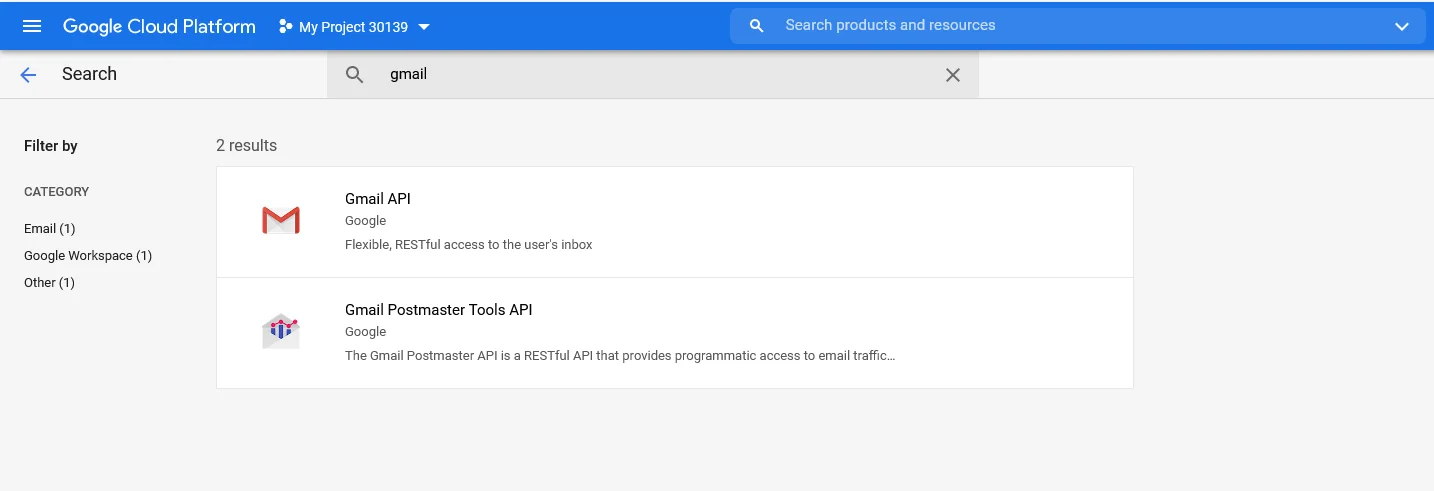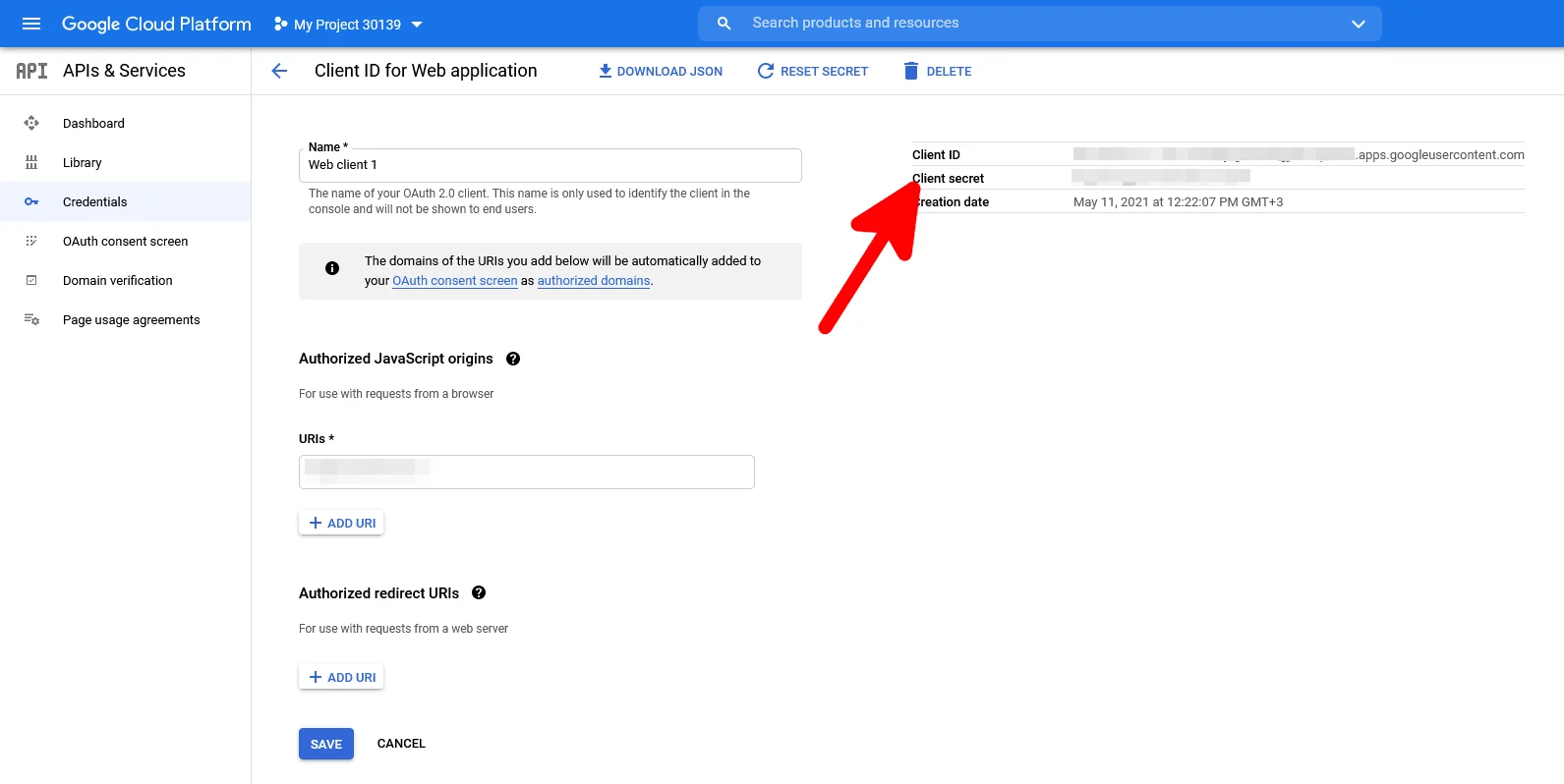With 1 billion active monthly users, Google’s Gmail is the most popular free email service in the world. It offers a reliable performance, an interface people are used to, and quite a few options for users who continue to communicate via email.
For example, even with a free account, Gmail lets you send up to 500 emails per day – a lot more than what other services of this type allow. Because of this, many people want to use Google’s free SMTP server not only for their personal communication but also for staying in touch with their websites’ visitors.
In addition to the relatively high daily limit, Gmail has other advantages like a default setup that brings extra security and reduces the chances of spam filters blocking your emails. What’s more, thanks to Google’s SMTP server, website administrators can communicate with their users without the need to pay for additional email services.
You can find plugins for Content Management Systems (CMSs) like WordPress that can use Google’s SMTP server to process your outgoing communication. Often, configuring them is as easy as configuring an email client.
The settings are:
- SMTP server: smtp.gmail.com
- SMTP name: The display name you’d like to appear on your messages
- SMTP username: your Gmail address
- SMTP password: your Gmail password
- SMTP port (TLS): 587
- SMTP port (SSL): 465
Other add-ons only work with Gmail’s API and can be more of a challenge to set up. To use them, you need to create a new project in Google’s Developers Console and enable Gmail’s API for it.

Next, click the Create Credentials button and set up a new web application.

The newly created web application is available in the Credentials section of your Google Developers Console dashboard. In there, you will find the Client ID and the Client secret you need to use to configure your extension to work with Gmail’s API.

